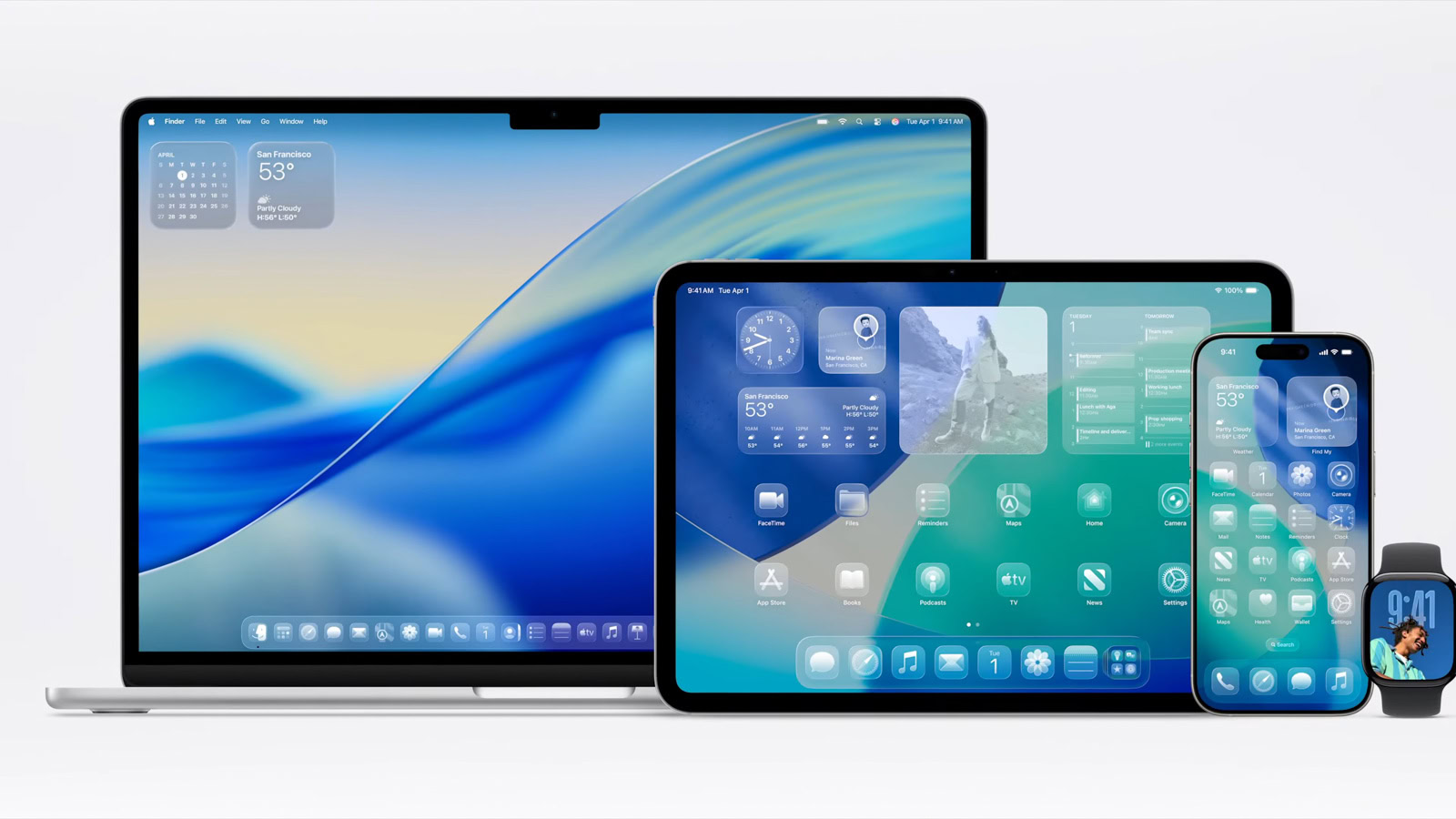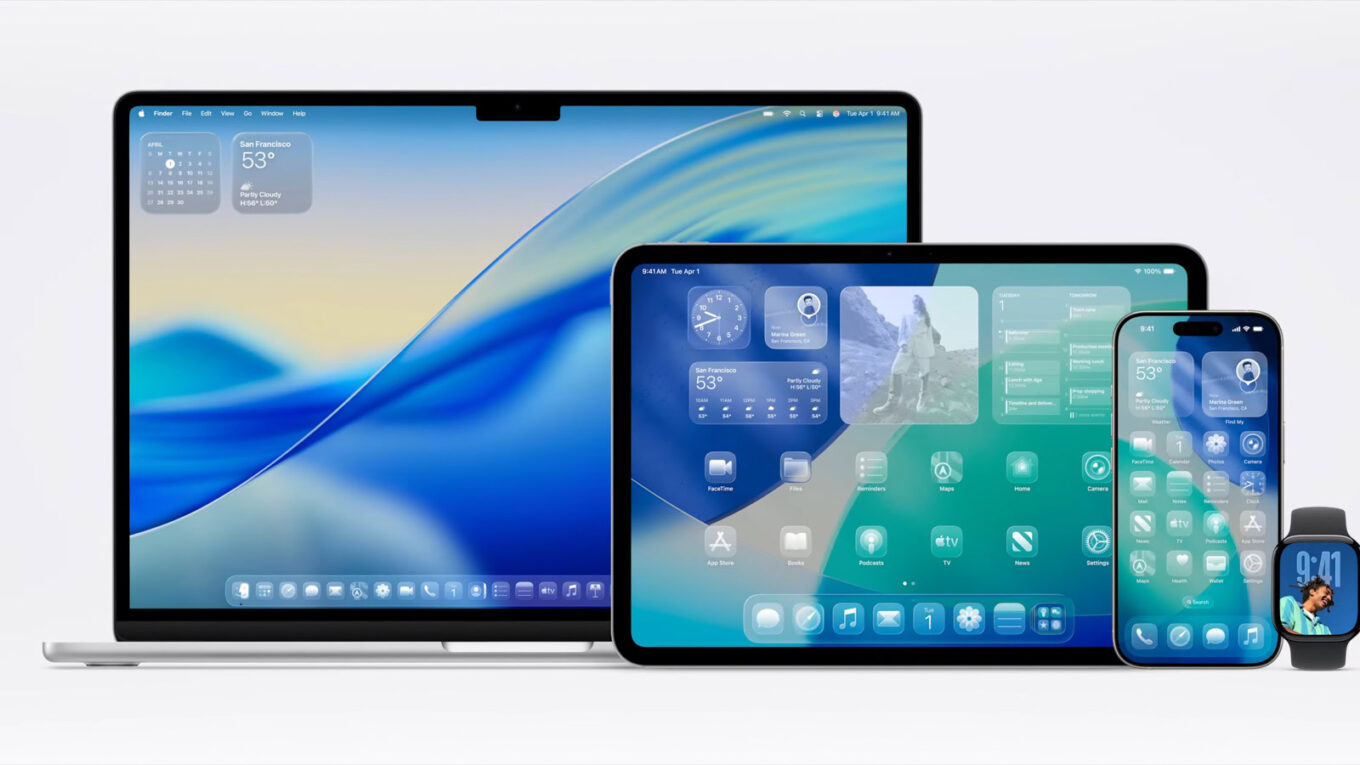For years, users who mix and match operating systems have faced a frustrating reality: seamless cross-device workflow is mostly an Apple exclusive. Apple’s Handoff feature allows a user to start a task—like reading a webpage or composing an email—on an iPhone and instantly pick it up on a MacBook. For Android users, the experience with tablets or Windows PCs has been fragmented. However, Google is finally laying the groundwork for its own native, system-level solution that will bring task continuity between Android phones, tablets, and future Android-based PCs.
The latest findings come from the Android Authority team. The report, based on evidence within the core operating system code, reveals that Google is building a feature called Task Continuity. As its name suggests, it will enable an enhanced cross-device experience.
Android is finally getting a true Apple’s “Handoff” task continuity feature
The reason a true “Handoff” equivalent has failed to materialize until now is simple: control. Apple controls both iOS and macOS, ensuring a single, standardized software pipeline for developers.
In contrast, any cross-device solution between Android and Windows requires complex collaboration between Google and Microsoft. The latter has made attempts through tools like Windows’ Phone Link. However, the results have been one-sided and unreliable. Microsoft’s solution only allows tasks to resume from an Android phone to a Windows PC, and developers must use proprietary Windows code. This is a high entry barrier that prevents widespread adoption.
Android Handoff Cross Device Seamless Task Continuity Apple 1
Android Handoff Cross Device Seamless Task Continuity Apple 2
Google is sidestepping this fragmentation by consolidating control. By merging its Chrome OS and Android efforts into a single PC operating system, Google gains the necessary leverage to bake its own continuity feature directly into the core Android framework. This guarantees a single, standardized API that every Android developer and device maker can implement consistently.
The user experience: How Task Continuity will work
Google’s goal is to make the experience feel effortless. Task Continuity will transfer the precise, current state of an application from a device you are actively using (your phone) to a nearby, ready-to-use device (your tablet or PC).
From a user perspective, the experience will look something like this: Imagine you are scrolling through a complex document in Chrome on your phone, but you need more screen space. The minute you set your phone down, your tablet’s taskbar will display a small, suggestive icon. This icon represents the running Chrome session on your phone. Tapping that icon on your tablet instantly pulls the entire task—the exact document, position, and session state—from your phone and relaunches it seamlessly on the tablet.
This is a two-way communication system. its new framework will manage task discovery and state packaging between devices. Since the feature is part of the system, it will not require clunky third-party apps or manufacturer-specific tweaks to function.
It could arrive in Android 17
The code for this feature is already appearing in the early stages of Android 16 development. The complexities of a system-wide rollout mean we probably won’t see it until the release of Android 17 next year. However, the foundation is set.
The post Android to Finally Bring Cross-Device Seamless Task Continuity appeared first on Android Headlines.

Source: ndroidheadlines.com
